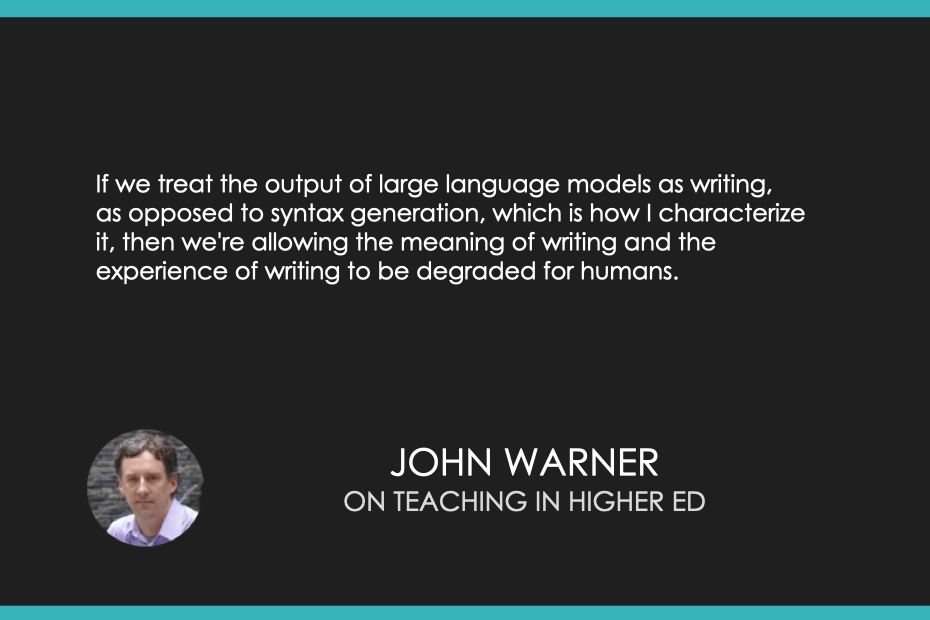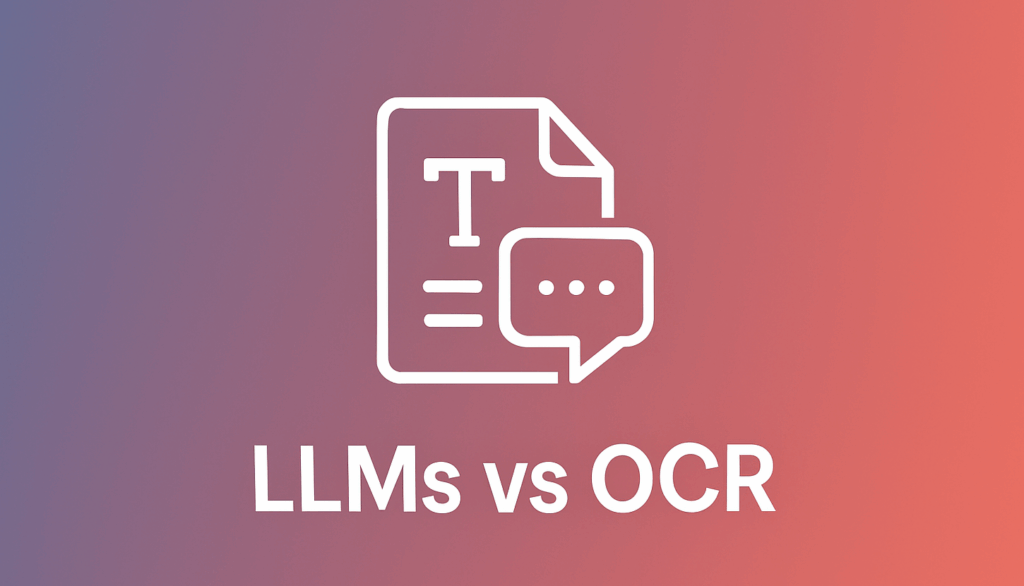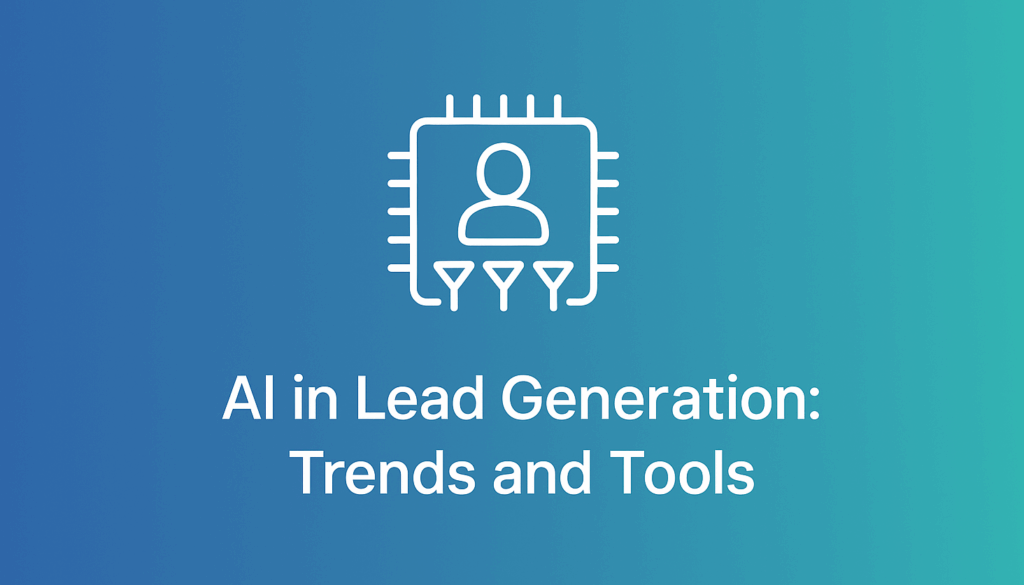Writing can be challenging, especially finding the right tool. Large language models can help.
With advancements in artificial intelligence, writers now have powerful tools at their disposal. Large language models are AI systems trained to understand and generate human-like text. These models can assist with brainstorming, drafting, and editing content. They offer a range of features that make writing more efficient and enjoyable.
Whether you are a professional writer or someone who writes occasionally, choosing the right large language model can make a significant difference. In this blog, we will explore some of the best large language models for writing, highlighting their features and benefits. Dive in and discover how these tools can enhance your writing process.
Contents
Introduction To Large Language Models
Large Language Models (LLMs) are advanced AI tools. They can understand and generate human language. These models learn from vast amounts of text data. Examples include GPT-3 and BERT.
LLMs help in writing by offering suggestions and corrections. They can write essays, articles, and stories. Writers use them to save time and get ideas. They ensure the text is clear and error-free. LLMs are valuable tools for both students and professionals.

Credit: newsdata.io
Criteria For Evaluation
Accuracy matters a lot. The model should understand context. It should provide correct information. Errors can confuse readers. Accuracy builds trust.
Creativity makes writing interesting. The model should come up with unique ideas. It should use engaging language. Creativity helps to capture attention. Boring text loses readers.
Ease of use is crucial. The model should be user-friendly. It should work quickly. Complex tools can be frustrating. A simple interface is better. Convenience is key for users.
Openai Gpt-4
GPT-4 can generate text that looks like it was written by a human. It can write essays, stories, and more. The model uses advanced machine learning. This helps it understand context better. Users find it easy to use. It supports many languages. This makes it a versatile tool.
| Pros | Cons |
|---|---|
| Easy to use | Can be expensive |
| Supports many languages | Sometimes makes mistakes |
| Generates human-like text | Needs good internet |
Many users like GPT-4. They say it helps with writing tasks. Some say it saves them time. They also like its ease of use. But, some users find it too costly. Others say it makes small errors. Overall, reviews are mostly positive.
Google Bert
Google BERT uses deep learning. It helps understand the context of words. BERT works by predicting masked words. It can handle complex sentences. BERT supports multiple languages. It is useful for SEO and content creation.
| Pros | Cons |
|---|---|
| Accurate understanding | Complex to implement |
| Supports multiple languages | Needs large data |
| Improves SEO | High cost |
Many users say BERT helps their content. They find it accurate. Some find it complex. Most users agree it improves their writing. They like the language support. Some users face implementation issues. Overall, positive feedback.
Microsoft Turing-nlg
Microsoft Turing-NLG has some unique features. It supports many languages. It can generate human-like text. It helps in summarizing long texts. It can complete sentences smartly. This model also answers questions. It is useful for chatbots too.
| Pros | Cons |
|---|---|
| Generates high-quality text | Requires large memory |
| Supports many languages | Can be slow sometimes |
| Good for chatbots | Expensive to use |
Users like the text quality. Many find it easy to use. Some say it is too slow. Others say it is costly. Most users like the language support. Some users want more features. Overall, it gets good reviews.
Other Notable Models
Hugging Face Transformers are well-known for their versatility. These models can handle many tasks. They offer a wide range of pre-trained models. This makes it easy for users to pick one that fits their needs. Hugging Face models are also open-source. This means anyone can use them. They have a large community. This ensures continuous improvement and support. Many people trust these models for their writing tasks.
IBM’s Project Debater is unique. It can debate on many topics. This model understands complex subjects well. It can present arguments and counterarguments effectively. Project Debater can be useful for writing persuasive content. It analyzes data and forms logical conclusions. People can rely on it for well-rounded information. IBM’s technology behind this model is advanced. It aims to mimic human thinking in debates.
Use Cases In Writing
Large language models help with content creation. They can write blog posts, articles, and stories. They save time and effort. They help writers generate ideas. They assist in creating engaging content. They improve writing quality. Models suggest better words and phrases. They make writing clear and concise.
Models provide editing help. They check grammar and spelling. They suggest changes for better readability. They improve sentence structure. They make writing more professional. They ensure consistency in tone and style. They can rephrase sentences for clarity. Models help writers polish their work.
Large language models assist in brainstorming. They generate new ideas quickly. They help writers overcome blocks. They suggest topics for writing. They provide outlines and frameworks. They make brainstorming fun and easy. Writers get more creative with models. They produce a variety of ideas.

Credit: teachinginhighered.com
Future Of Large Language Models
Large language models are always getting better. They can now create text that sounds very human-like. This helps in writing essays, stories, and even reports. These models use big data and complex algorithms to learn new words and phrases. They can understand context and tone better than before. Speed and accuracy have also improved. This means less time spent on editing. But, they are not perfect yet. They still make mistakes. Ongoing research aims to fix these errors. The future looks bright for these models.
Using large language models comes with ethical challenges. They may spread false information if not checked. It’s important to use them responsibly. They should not replace human writers completely. Bias in data is another issue. If the model learns from biased data, it may produce biased text. This could harm people. Privacy concerns are also important. Models should not use personal data without permission. Clear rules are needed to ensure fair use. Ethical guidelines can help in using these models safely.

Credit: www.sourcely.net
Frequently Asked Questions
Which Llm Is Best For Email Writing?
ChatGPT is an excellent choice for email writing. It provides clear, concise, and professional responses, making communication effective and efficient.
Is There A Better Llm Than Chatgpt?
There is no definitive answer. Different LLMs excel in various tasks. ChatGPT is popular, but other models might suit specific needs better.
Which Llm Is In The Most Advanced Today?
The most advanced LLM today is GPT-4 by OpenAI. It excels in natural language understanding and generation.
What Is An Llm In Writing?
An LLM in writing is a Master of Laws degree focused on legal writing, research, and analysis skills.
Conclusion
Choosing the best large language model for writing can boost productivity. Each model has unique strengths. Consider your needs and preferences. Experiment with different models. Find the one that fits your style. Quality content remains the goal. Stay updated on new developments.
Keep practicing and refining your skills. Happy writing!



